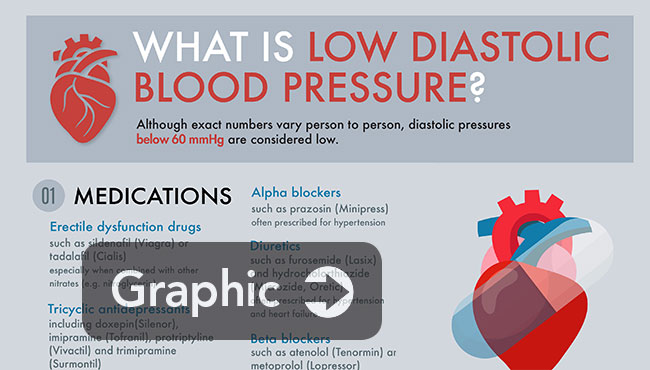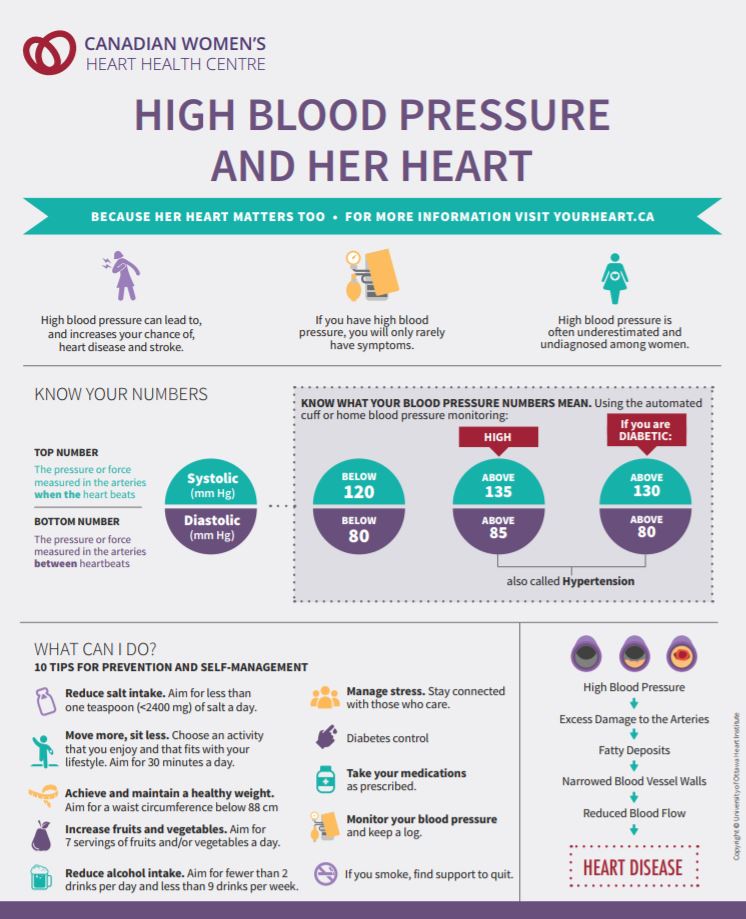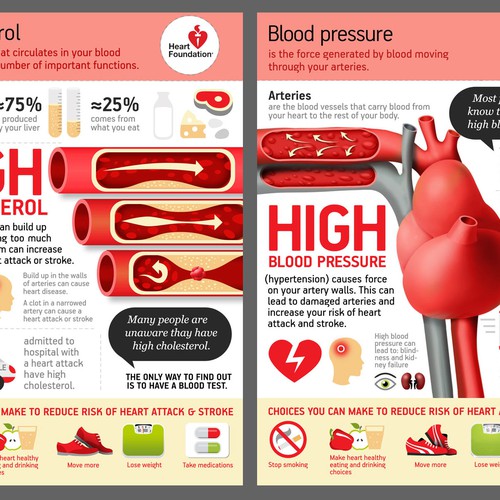Uncover the mysteries behind low blood pressure and discover the surprising factors that can contribute to this common condition.
Table of Contents
- Introduction to Blood Pressure
- Understanding Low Blood Pressure
- Common Causes of Low Blood Pressure
- Symptoms of Low Blood Pressure
- Diagnosing Low Blood Pressure
- Low Blood Pressure vs. High Blood Pressure
- When Is Low Blood Pressure a Problem?
- Treatment and Management of Low Blood Pressure
- Preventing Low Blood Pressure
- Conclusion
- Frequently Asked Questions (FAQs)
Introduction to Blood Pressure
Understanding blood pressure is essential for maintaining good health. It is a vital measurement that helps healthcare providers assess how well our heart is working and how effectively it is pumping blood throughout our bodies. In this section, we will delve into what blood pressure is and why it plays a crucial role in our overall well-being.
What is Blood Pressure?
Blood pressure is the force that blood exerts on the walls of our arteries as it moves through our body. It is measured with two numbers: systolic pressure, which is the pressure when the heart beats, and diastolic pressure, which is the pressure when the heart rests between beats. These numbers are usually written as a ratio, such as 120/80 mm Hg.
Differences Between High and Low Blood Pressure
High blood pressure, also known as hypertension, occurs when the force of blood against the artery walls is too high. On the other hand, low blood pressure, or hypotension, is when the force of blood is too low. Both high and low blood pressure can have adverse effects on our health, making it essential to maintain a balance for overall well-being.
Understanding Low Blood Pressure
Low blood pressure, also known as hypotension, is a condition where the force of blood flowing through your arteries is lower than normal. This can cause dizziness, fainting, and other unpleasant symptoms. Let’s delve into what low blood pressure really means and how it can affect your body.
What Does Low Blood Pressure Mean?
Low blood pressure occurs when the pressure in your arteries is too low to deliver enough oxygen and nutrients to your organs, like the heart and brain. This can make you feel lightheaded or dizzy because your brain isn’t getting enough blood flow. In severe cases, it may lead to fainting or shock.
Common Causes of Low Blood Pressure
Low blood pressure, also known as hypotension, can occur for various reasons. Let’s explore some common causes that might lead to a drop in blood pressure:

Image courtesy of www.uab.edu via Google Images
Dehydration and Low Blood Pressure
One of the most common causes of low blood pressure is dehydration. Our bodies need water to function properly, including maintaining blood pressure levels. Not having enough water in our system can cause a drop in blood pressure, making us feel dizzy or lightheaded.
Blood Loss and Pressure Drops
Another reason for low blood pressure could be significant blood loss. When we lose blood due to injury or internal bleeding, the volume of blood circulating in our body decreases, leading to a drop in blood pressure. This can result in symptoms like weakness and fatigue.
Heart Conditions
Certain heart conditions can also contribute to low blood pressure. Conditions like congestive heart failure, where the heart is unable to pump blood effectively, can result in decreased blood pressure. Additionally, issues with heart valves or heart attacks can also impact blood pressure regulation.
Symptoms of Low Blood Pressure
Low blood pressure, also known as hypotension, can cause various symptoms that may make you feel unwell. Here are some common symptoms associated with low blood pressure:
Feeling Dizzy or Light-headed
One of the most common symptoms of low blood pressure is feeling dizzy or light-headed. This sensation can occur when you stand up quickly from a sitting or lying position. It happens because your brain isn’t getting enough blood flow, leading to a temporary feeling of imbalance.
Fainting
In some cases, low blood pressure can cause people to faint. When blood pressure drops too low, it may not provide enough oxygen and nutrients to the brain, resulting in a brief loss of consciousness. If you feel faint or lightheaded, it’s important to sit or lie down to avoid injury due to falling.
Diagnosing Low Blood Pressure
When someone is experiencing symptoms of low blood pressure, or hypotension, it is essential to see a healthcare provider for proper diagnosis and treatment. The process of diagnosing low blood pressure involves measuring blood pressure to determine if it falls below the normal range.

Image courtesy of trumedic.com via Google Images
Measuring Blood Pressure
During a visit to a healthcare provider’s office, a medical professional will use a blood pressure cuff to measure a person’s blood pressure. The cuff is wrapped around the upper arm, and air is pumped into it to create pressure on the arm. As the air is slowly released, the healthcare provider uses a stethoscope to listen for the sound of blood flowing back through the artery in the arm, known as the brachial artery.
The healthcare provider will announce two numbers once the test is complete. The higher number, known as the systolic blood pressure, measures the pressure in the arteries when the heart beats. The lower number, called the diastolic blood pressure, records the pressure in the arteries when the heart is at rest between beats. A normal blood pressure reading typically falls around 120/80 mm Hg (millimeters of mercury).
If the blood pressure reading is consistently lower than 90/60 mm Hg, a healthcare provider may diagnose the individual with low blood pressure. Further tests and evaluations may be necessary to determine the underlying cause of the hypotension and develop an appropriate treatment plan.
Low Blood Pressure vs. High Blood Pressure
When it comes to blood pressure, there are two main categories: low blood pressure and high blood pressure. Let’s break down the differences between these two conditions in simple terms.
Risks of High Blood Pressure
High blood pressure, also known as hypertension, occurs when the force of blood against the artery walls is consistently too high. This can put a strain on the heart and blood vessels, leading to serious health complications over time. Some of the risks associated with high blood pressure include an increased risk of heart disease, stroke, and kidney failure. It is essential to monitor and manage high blood pressure through lifestyle changes and, if necessary, medication prescribed by healthcare providers.
Understanding the difference between low and high blood pressure is crucial for maintaining good health. While low blood pressure might not be as commonly talked about as high blood pressure, both conditions require attention and management to ensure overall well-being.
When Is Low Blood Pressure a Problem?
Low blood pressure, also known as hypotension, is generally considered not to be a major health concern. However, in some cases, low blood pressure can indicate underlying health issues that may require medical attention.
| Reasons for Low Blood Pressure | Explanation |
|---|---|
| Dehydration | When your body loses more water than it takes in, it can cause a drop in blood pressure. |
| Blood loss | If you experience severe bleeding, it can lead to a significant drop in blood pressure. |
| Infection | Sepsis or other severe infections can cause blood pressure to drop, known as septic shock. |
| Heart problems | Certain heart conditions, such as bradycardia or heart failure, can result in low blood pressure. |

Image courtesy of cwhhc.ottawaheart.ca via Google Images
Low Blood Pressure and Health Risks
Low blood pressure can lead to reduced blood flow to the vital organs of the body, such as the brain and heart. When these organs do not receive an adequate blood supply, they may not function properly, leading to potential complications. Severe low blood pressure can result in dizziness, fainting, and shock, which can be life-threatening if not promptly addressed.
Treatment and Management of Low Blood Pressure
When someone has low blood pressure, making simple changes to their daily habits can help manage the condition. One important lifestyle adjustment is to stay hydrated by drinking enough water throughout the day. Dehydration can contribute to low blood pressure, so making sure to drink plenty of fluids is key.
Medication
In some cases, healthcare providers may prescribe medication to help raise a person’s blood pressure to a healthy level. These medications work in different ways to regulate blood pressure and should always be taken as directed by a doctor. It’s important not to self-medicate or adjust the dosage without medical guidance.
Preventing Low Blood Pressure
One of the key ways to prevent low blood pressure is by maintaining healthy eating and drinking habits. Eating a well-balanced diet rich in fruits, vegetables, whole grains, and lean proteins can help keep your blood pressure at a steady level. Make sure to stay hydrated by drinking enough water throughout the day, as dehydration can lead to low blood pressure.

Image courtesy of 99designs.com via Google Images
Regular Check-ups
Regular check-ups with your healthcare provider are essential in preventing low blood pressure. Your doctor can monitor your blood pressure levels and provide guidance on how to maintain a healthy lifestyle. By keeping track of your blood pressure through routine appointments, you can catch any potential issues early and address them before they become a problem.
‘Low Blood Pressure is Always Good’
One common myth about low blood pressure is that it’s always a good thing. Some people believe that if your blood pressure is low, it means you are in great health. While this may be true in some cases, low blood pressure can actually be a concern for some individuals.
Having low blood pressure can lead to symptoms like dizziness, fatigue, and fainting. In severe cases, it can even cause problems with vital organs like the brain and heart. So, it’s essential to pay attention to your blood pressure levels and consult a healthcare provider if you experience prolonged symptoms of low blood pressure.
Conclusion
In conclusion, we have explored the fascinating world of low blood pressure, also known as hypotension. Understanding the importance of maintaining a healthy blood pressure level is crucial for overall well-being and quality of life. Let’s recap what we have learned about low blood pressure and its impacts.
Low Blood Pressure: The Basics
Low blood pressure, or hypotension, occurs when the force of blood flowing through your arteries is lower than normal. This can lead to symptoms like dizziness, fainting, and fatigue.
Common Causes of Low Blood Pressure
Dehydration, blood loss, and certain heart conditions can all contribute to low blood pressure. It’s essential to address these underlying issues to manage low blood pressure effectively.
When Is Low Blood Pressure a Concern?
While low blood pressure isn’t always a serious issue, it can pose risks to your health under certain circumstances. It’s important to monitor your blood pressure levels and seek medical attention if you experience persistent symptoms.
Treatment and Prevention
Managing low blood pressure may involve lifestyle changes, such as staying hydrated and adopting a balanced diet. In some cases, medication prescribed by healthcare providers can help regulate blood pressure levels.
By taking proactive steps to prevent and manage low blood pressure, you can significantly improve your overall health and well-being. Remember to consult your healthcare provider for personalized guidance on maintaining optimal blood pressure levels.
Frequently Asked Questions (FAQs)
What Can I Do If I Have Low Blood Pressure?
If you find yourself experiencing low blood pressure episodes, there are a few things you can do to help manage it. Firstly, make sure to stay hydrated by drinking plenty of water throughout the day. Eating smaller, more frequent meals can also prevent drops in blood pressure after eating. When standing up from a sitting or lying position, do so slowly to give your body time to adjust. Avoid standing for long periods if it makes you feel dizzy, and if you start feeling lightheaded, sit or lie down right away.
Can Children Have Low Blood Pressure?
While low blood pressure is more commonly associated with older adults, children and teens can also experience it. Physical growth, age, and physical conditioning can all affect blood pressure levels. If you notice that a child or teenager consistently feels dizzy, fatigued, or experiences fainting spells, it may be necessary to consult a healthcare provider to rule out any underlying issues.
Is Low Blood Pressure Linked to Heart Problems?
Low blood pressure is often not directly linked to heart problems, but certain heart conditions can lead to a drop in blood pressure. Congestive heart failure, for example, can result in a decrease in blood circulation, contributing to low blood pressure. However, not everyone with low blood pressure has heart issues. It is essential to consult a healthcare provider for a proper diagnosis and management plan if you have concerns about your heart health.





